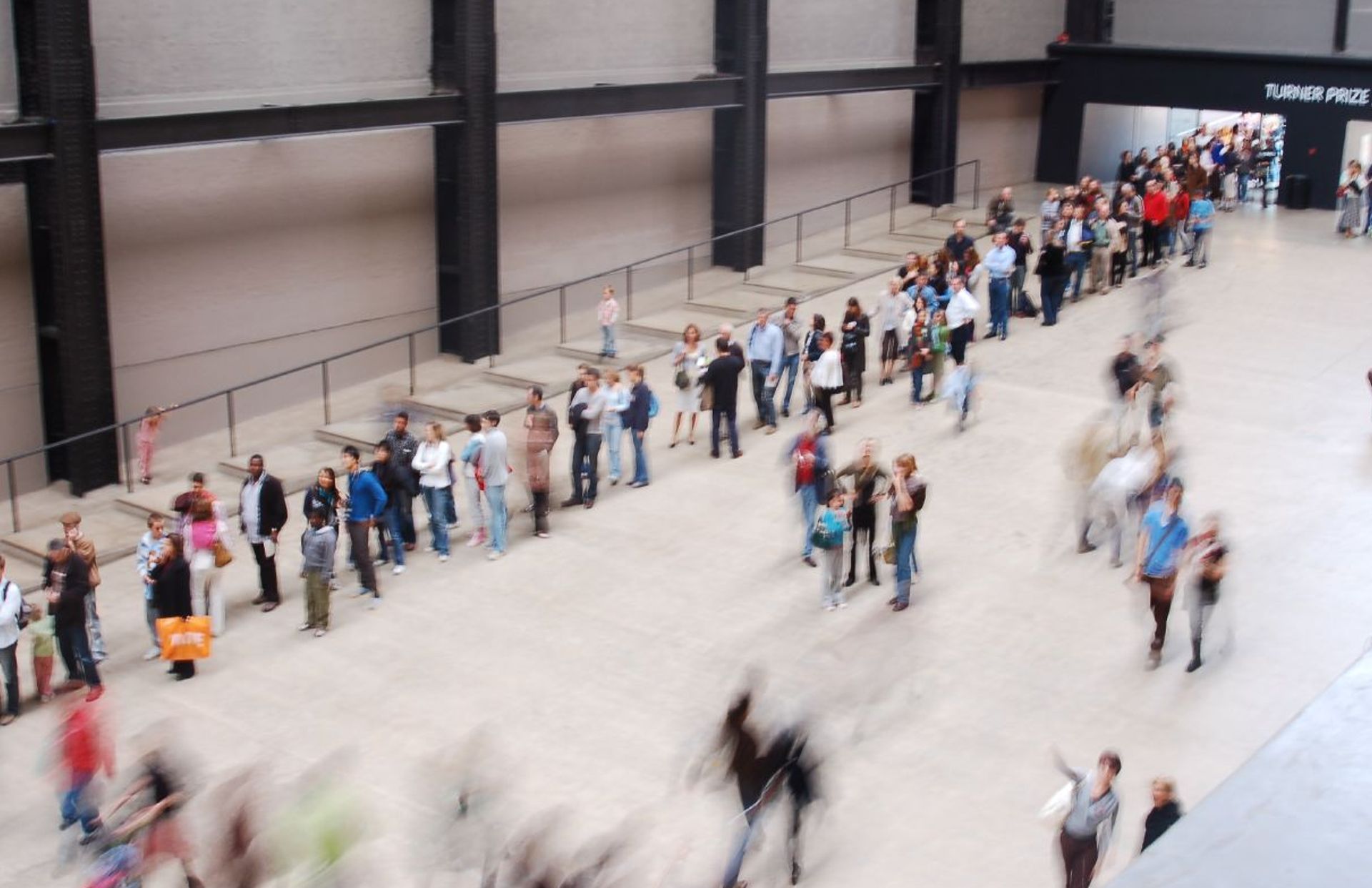The art world moves quickly from slumber to hyperactivity when September dawns. With the deluge of shows almost overwhelming in London, where the Frieze Art Fair now opens on 3 October, every museum and gallery will open its biggest exhibition within a space of just four weeks. I mostly relish this moment, though: the prospect of seeing Kara Walker at Tate Modern, Rembrandt at the Dulwich Picture Gallery, William Blake and Mark Leckey at Tate Britain, and Gauguin at the National Gallery, to name just a few of the highest-profile shows, is mouthwatering.
These major installations, career retrospectives and surveys of historic figures with the once-in-a-lifetime promise are likely to prove the big draw for the media and the public. But do they provide visitors with their most profound art experiences?

Photo: Paul Stevenson
Two recent museum shows prompt me to ask this question—Tate Britain’s blockbuster Van Gogh and Britain and the National Gallery’s small display of the Spanish Renaissance master Bartolomé Bermejo. We critics are lucky beings: we see major exhibitions in the company of just a few fellow writers and broadcasters, not amid the crowds. But I hadn’t seen the Van Gogh show when it opened, and visited during public hours.
Epiphanies sometimes lurk in quieter corners.
It was, of course, packed. A seminal museum visitor survey, carried out by Jeffrey Smith and Lisa Smith at New York’s Metropolitan Museum in 2001, found that the mean time that people spend looking at a museum painting is 27.2 seconds. Yet even so short a scrutiny was almost impossible at Van Gogh and Britain: if you made it past the waves of people to stand directly before paintings, it would have seemed rudely obstructive to remain there for half a minute.
This was not the case in the seven-work Bermejo exhibition. Tucked away in the National Gallery’s easily missed Room 1, the show was quiet when I visited. A big show can trap visitors in an inescapable negotiation between the volume of works and the minutes and hours to allot to seeing them. With a palpably finite number of Bermejo works on show at the National Gallery, visitors seemed content to linger. Of course, this is partly due to the exquisite detail and complexity of Bermejo’s marvellous paintings, but it is true of many of the shows I’ve seen in the same room—artists in focus, in more ways than one.
It makes me wonder about another artist of detail, density and difficulty, a visionary creator of absorbing worlds—William Blake, whose Tate Britain show opens this month with some 300 works. It is surely a huge challenge to enthral people in the same way in an exhibition on that scale, especially given Blake’s popular appeal. Perhaps this should serve as a reminder to those of us flocking to Blake and the other big shows this autumn to explore the season’s less-hyped displays. Epiphanies sometimes lurk in quieter corners.

